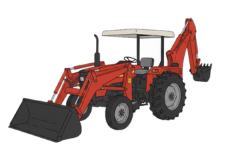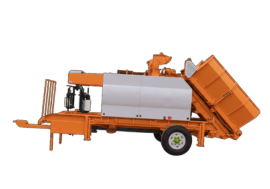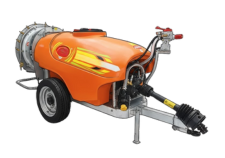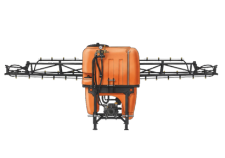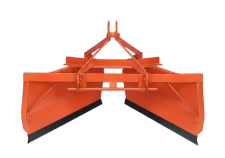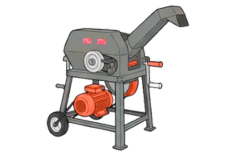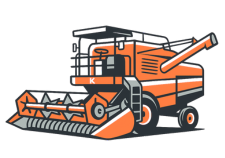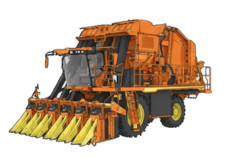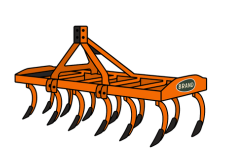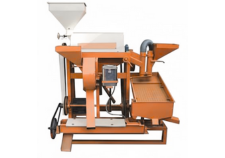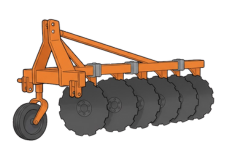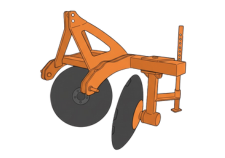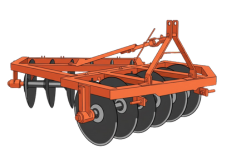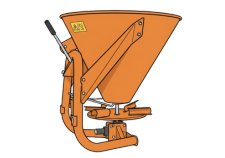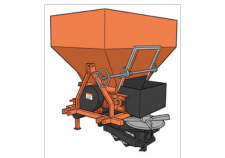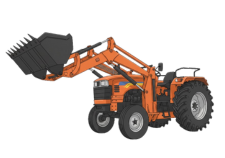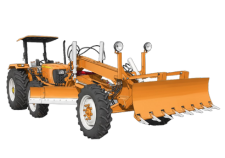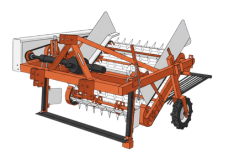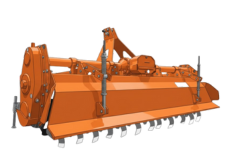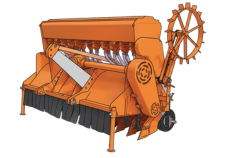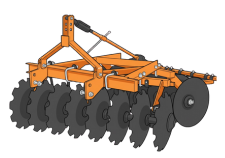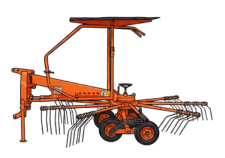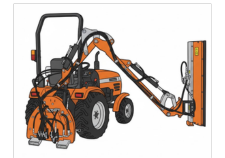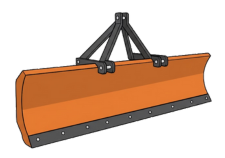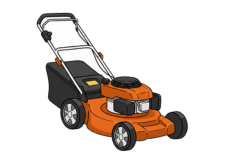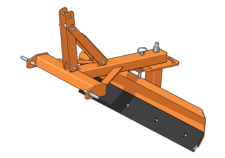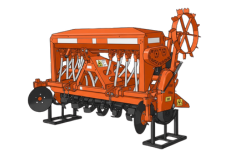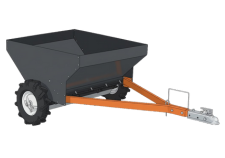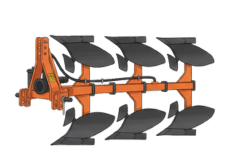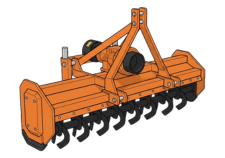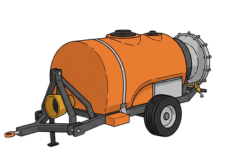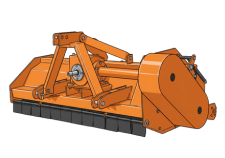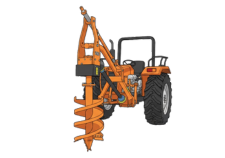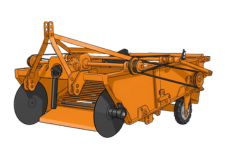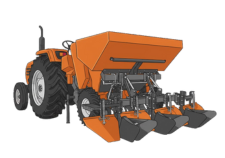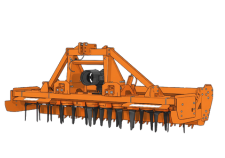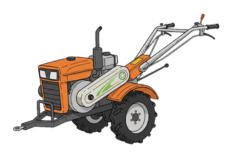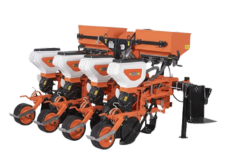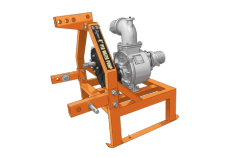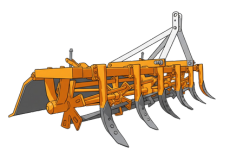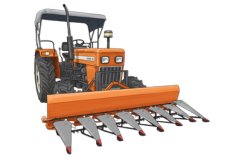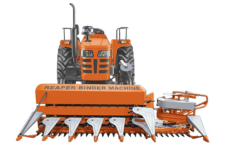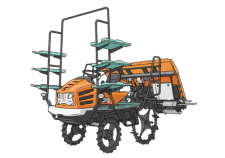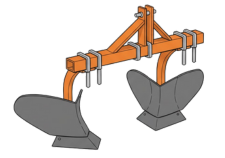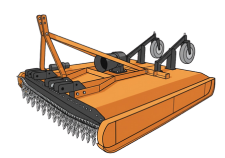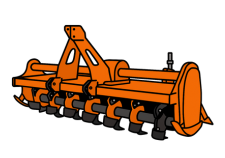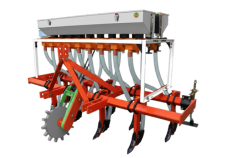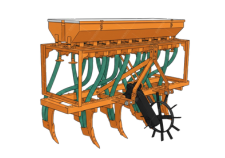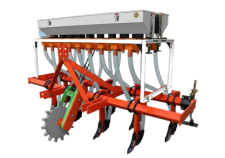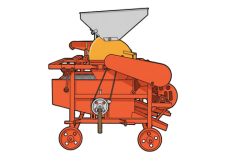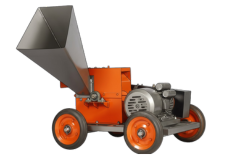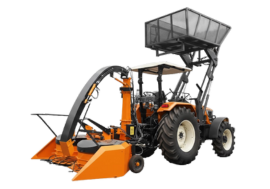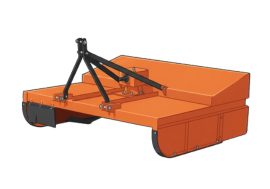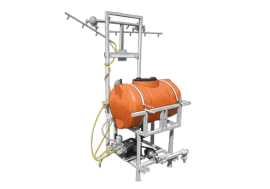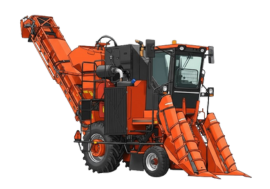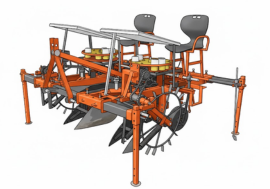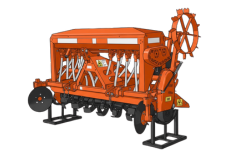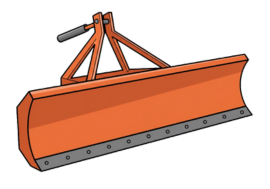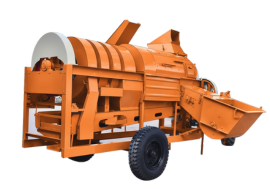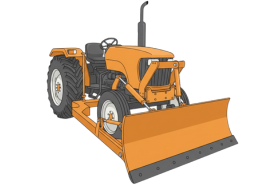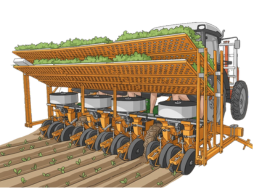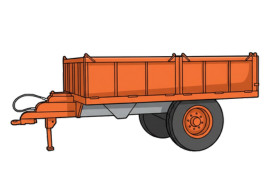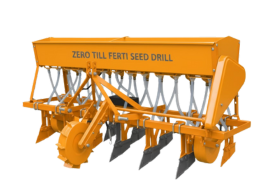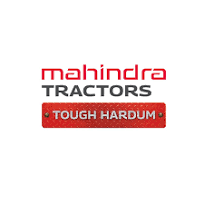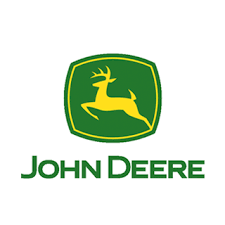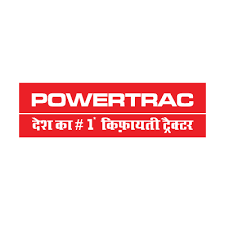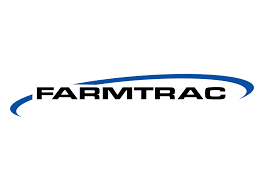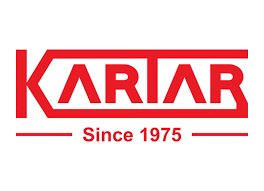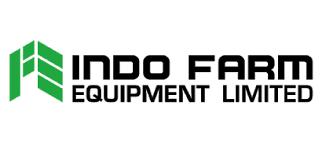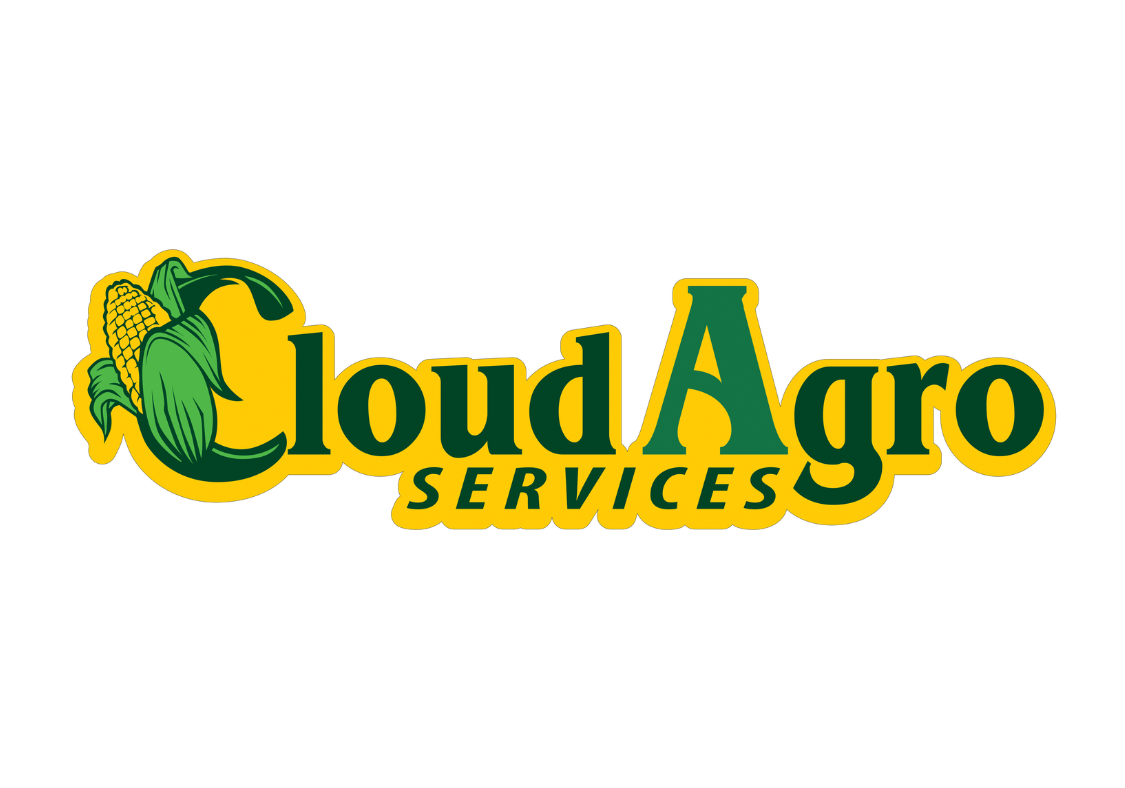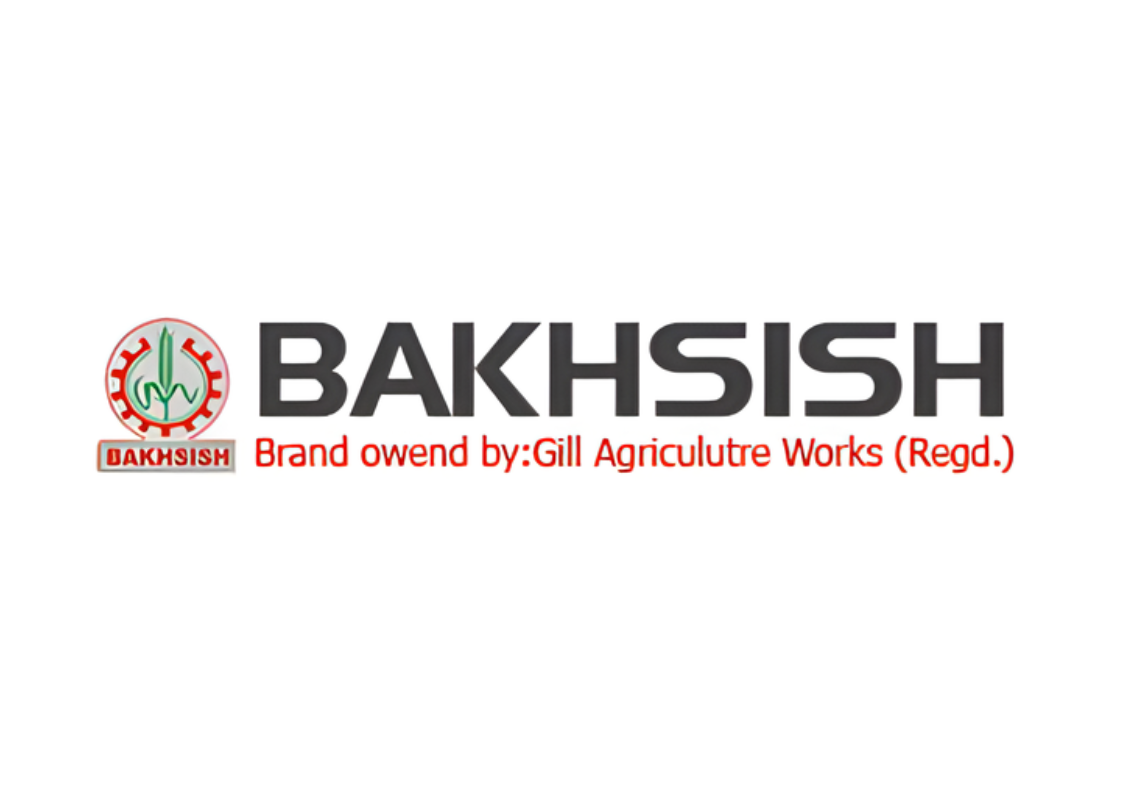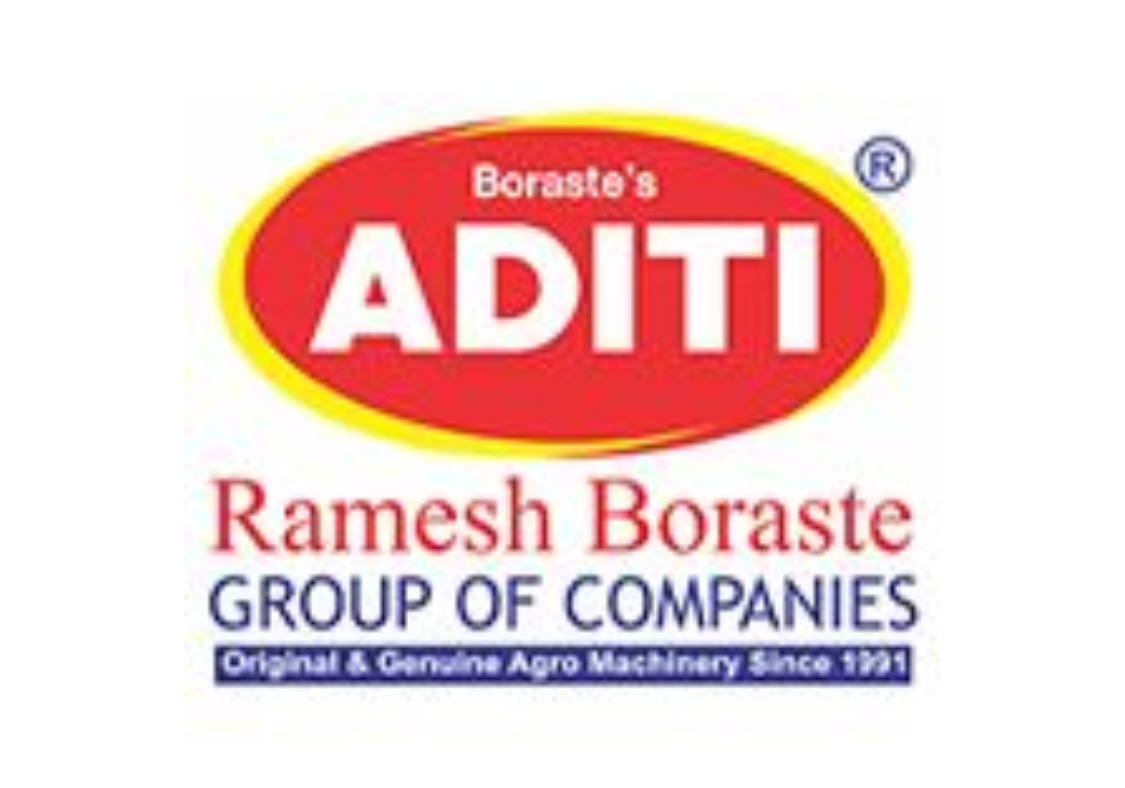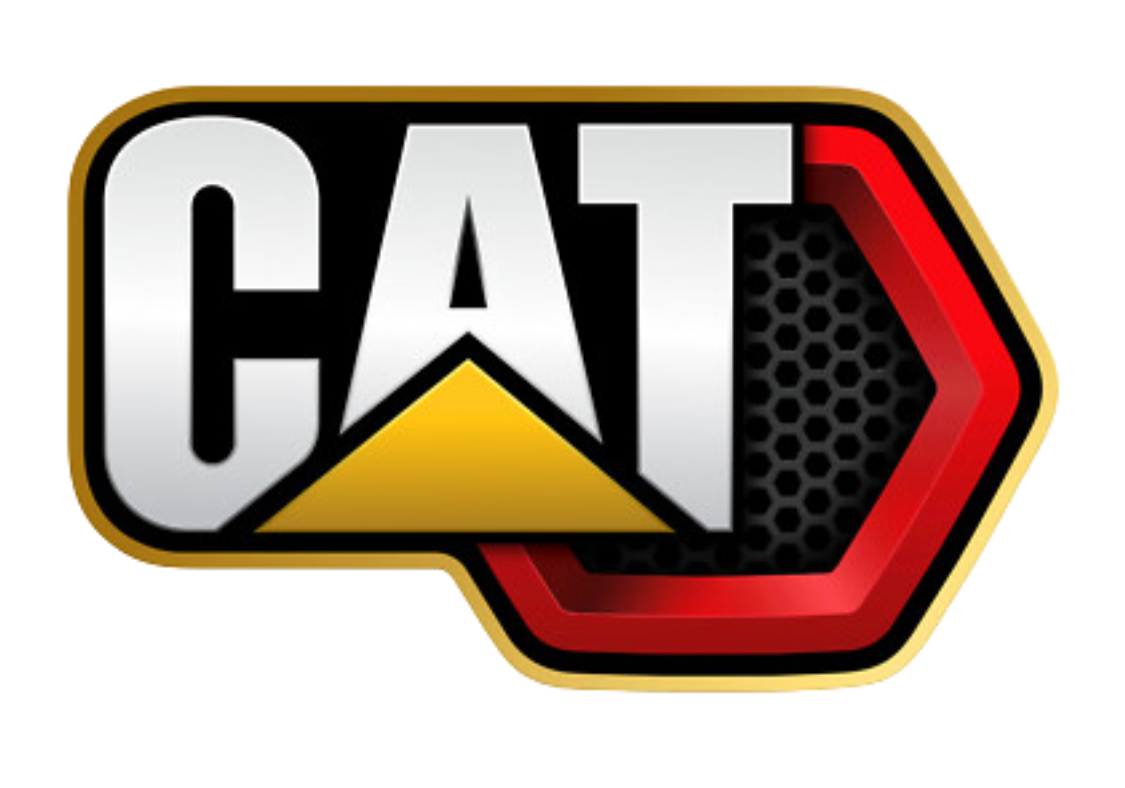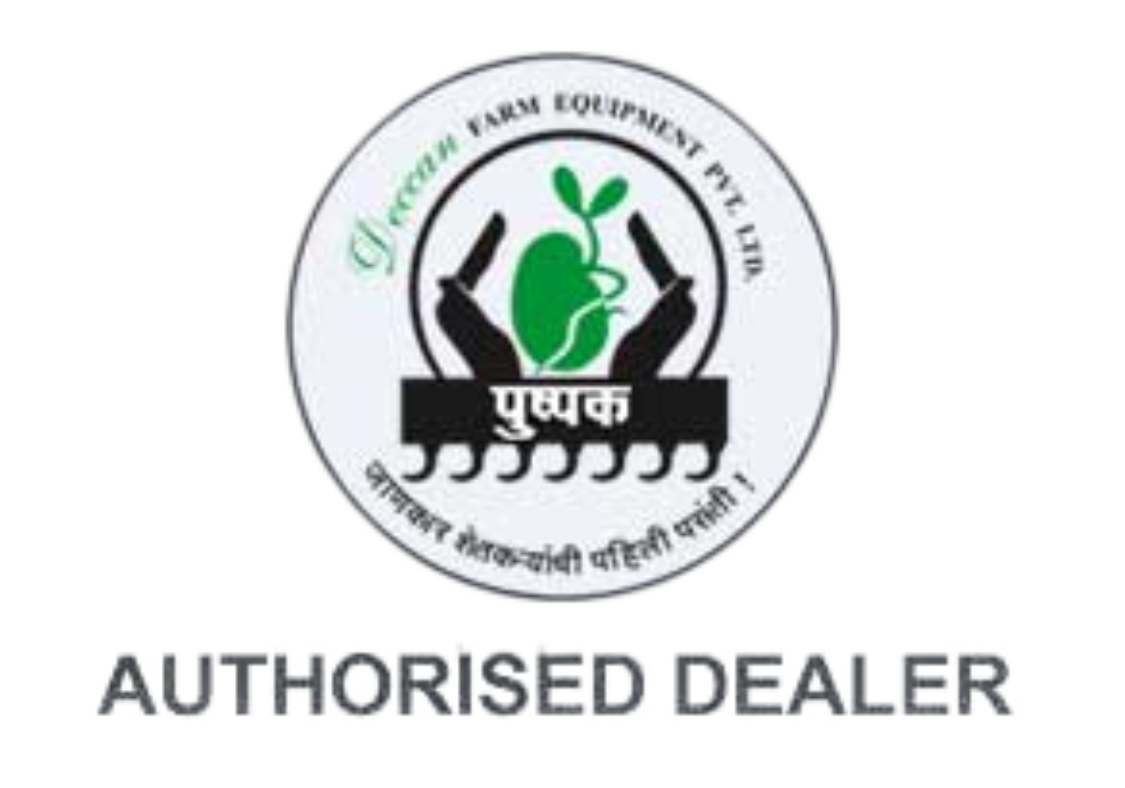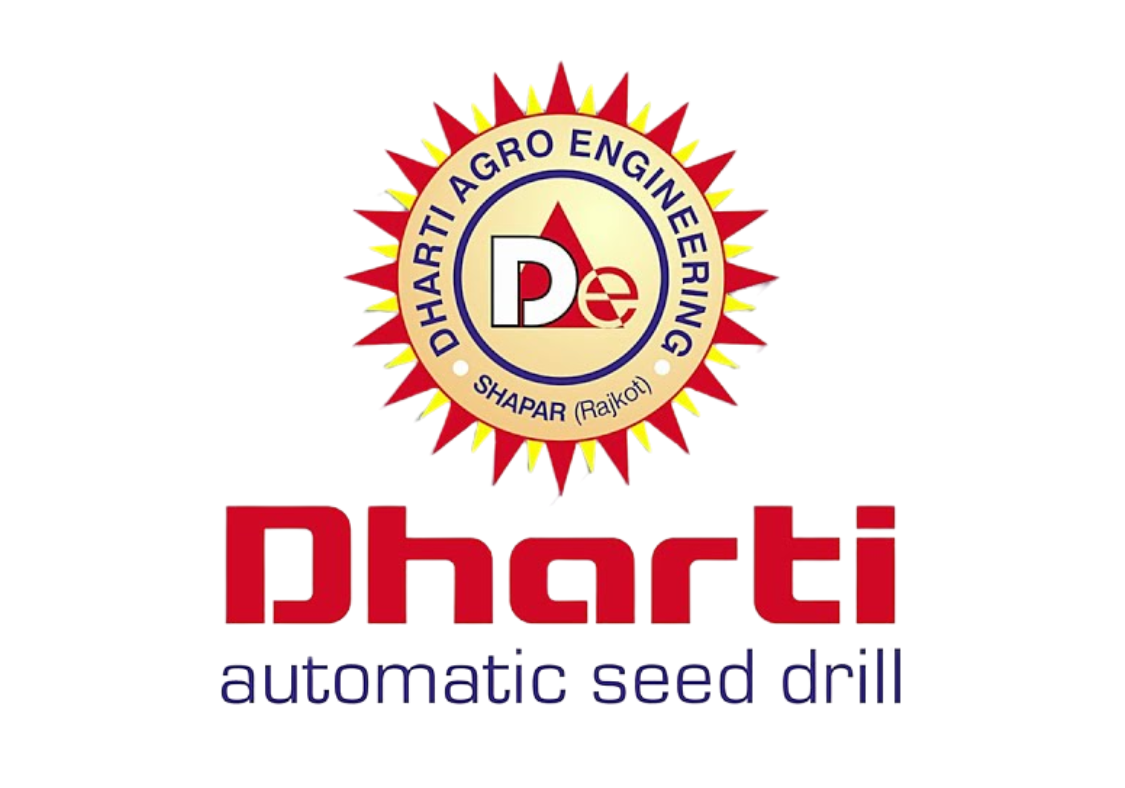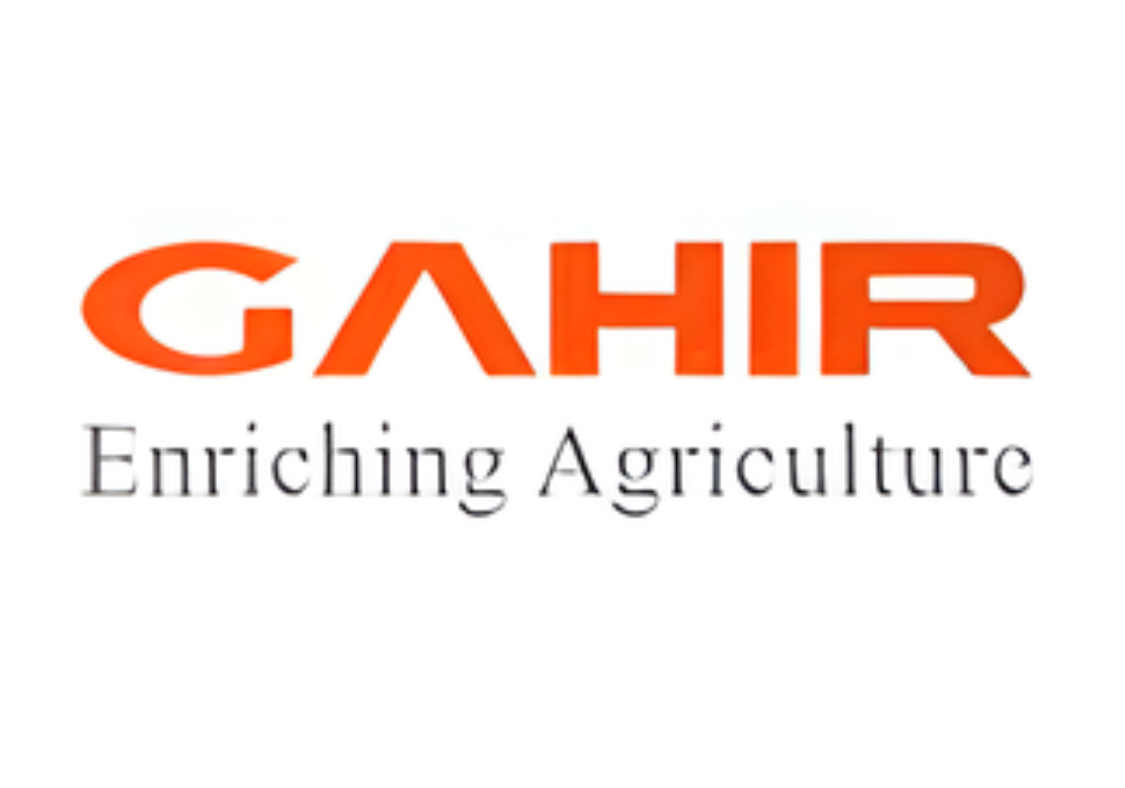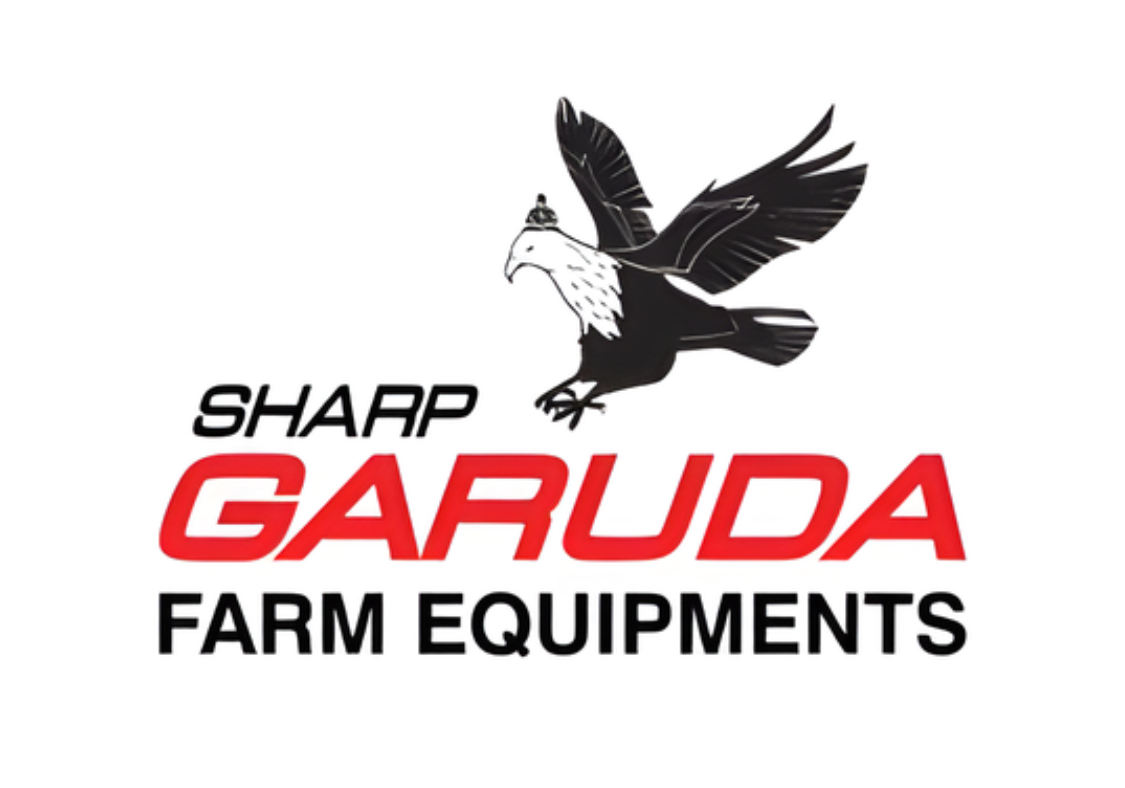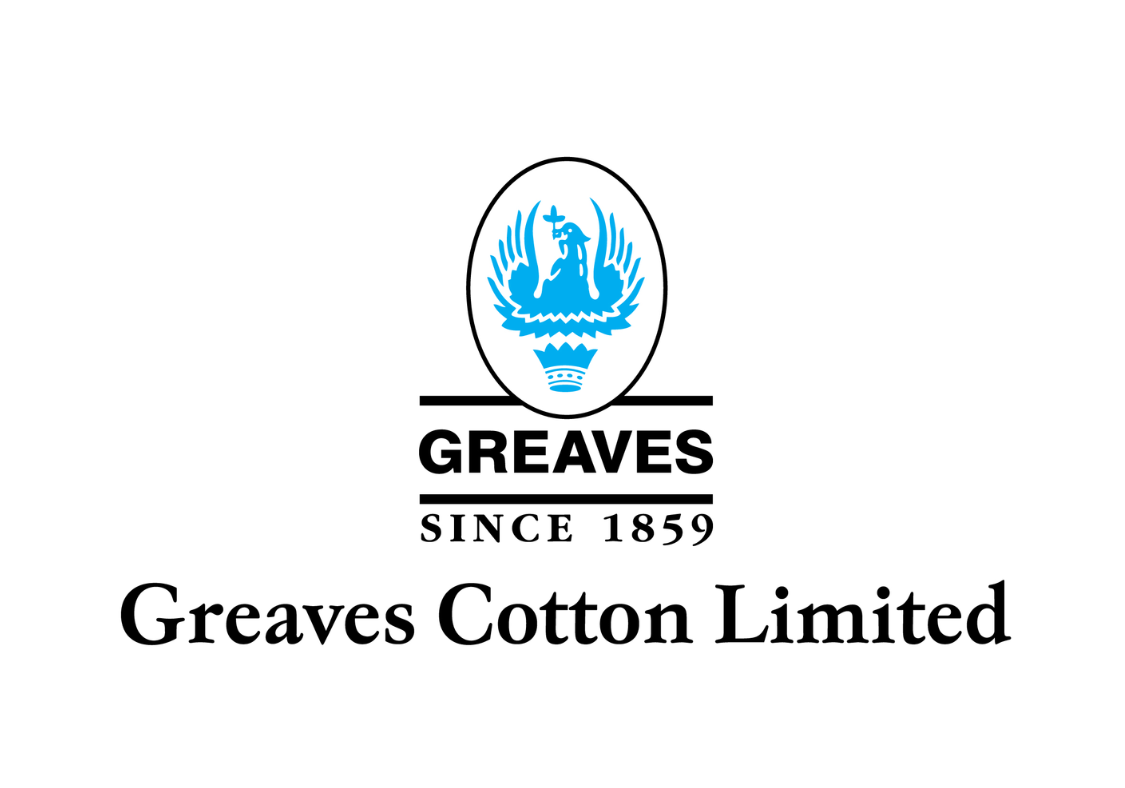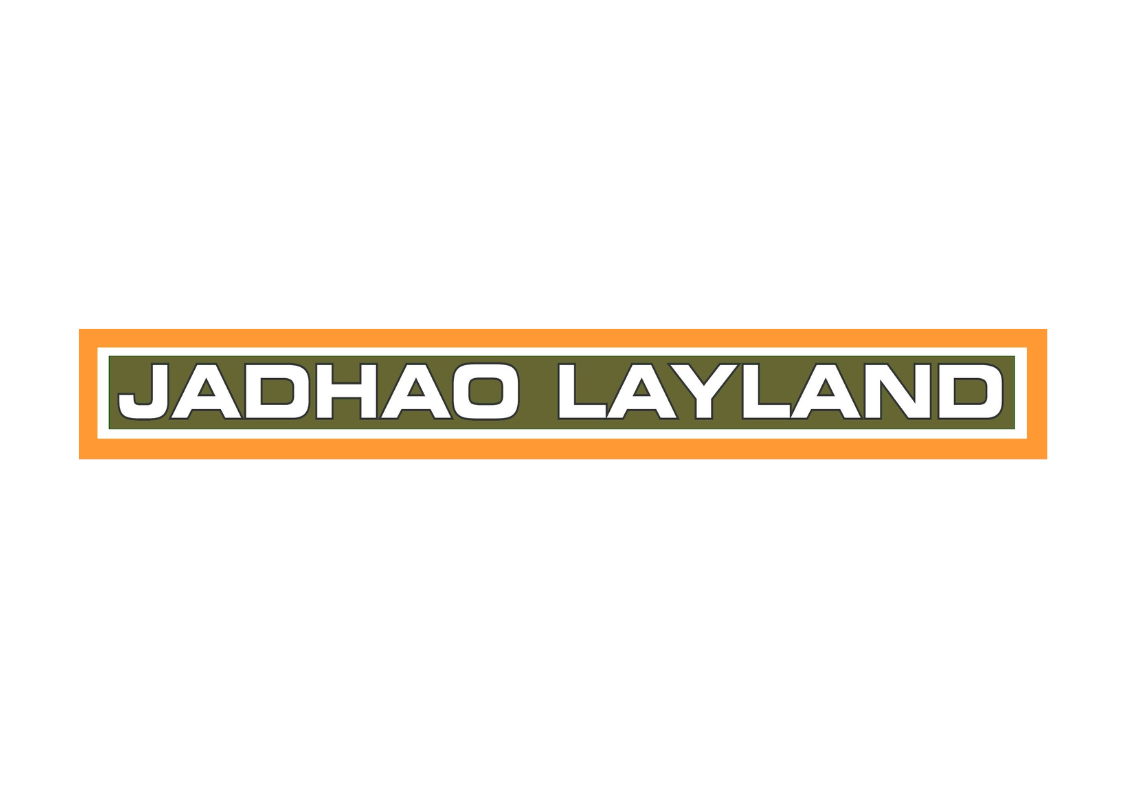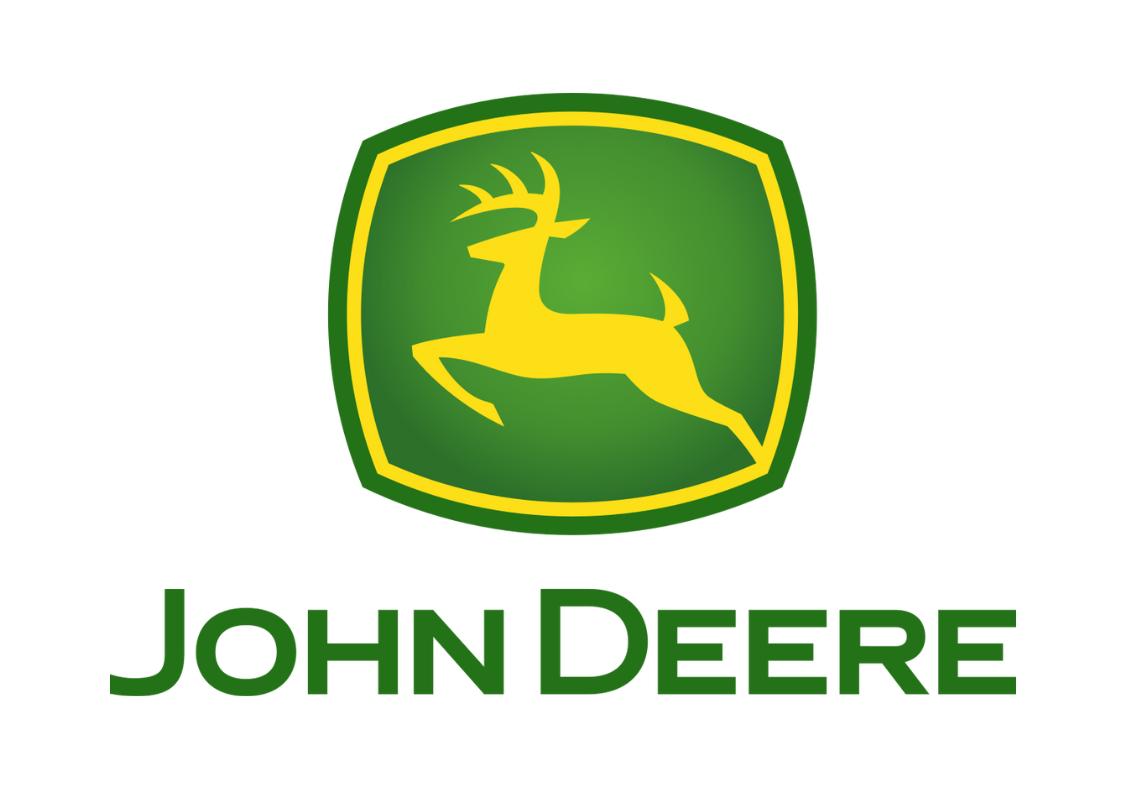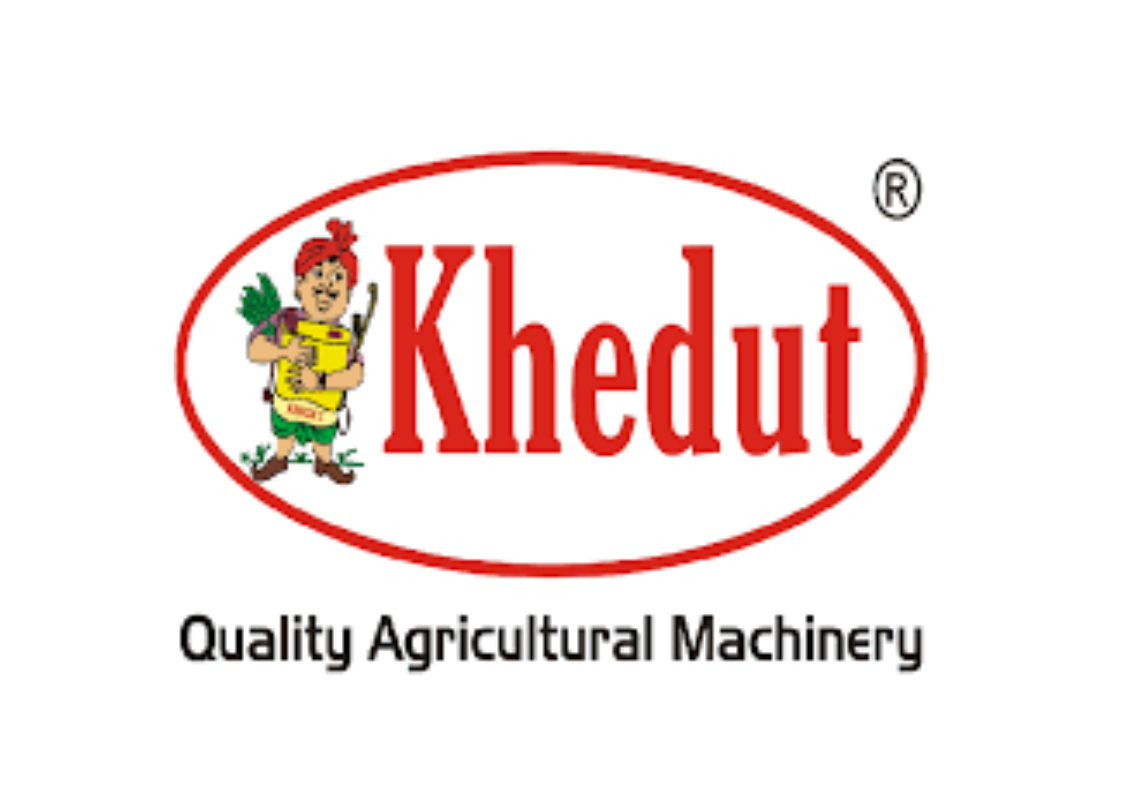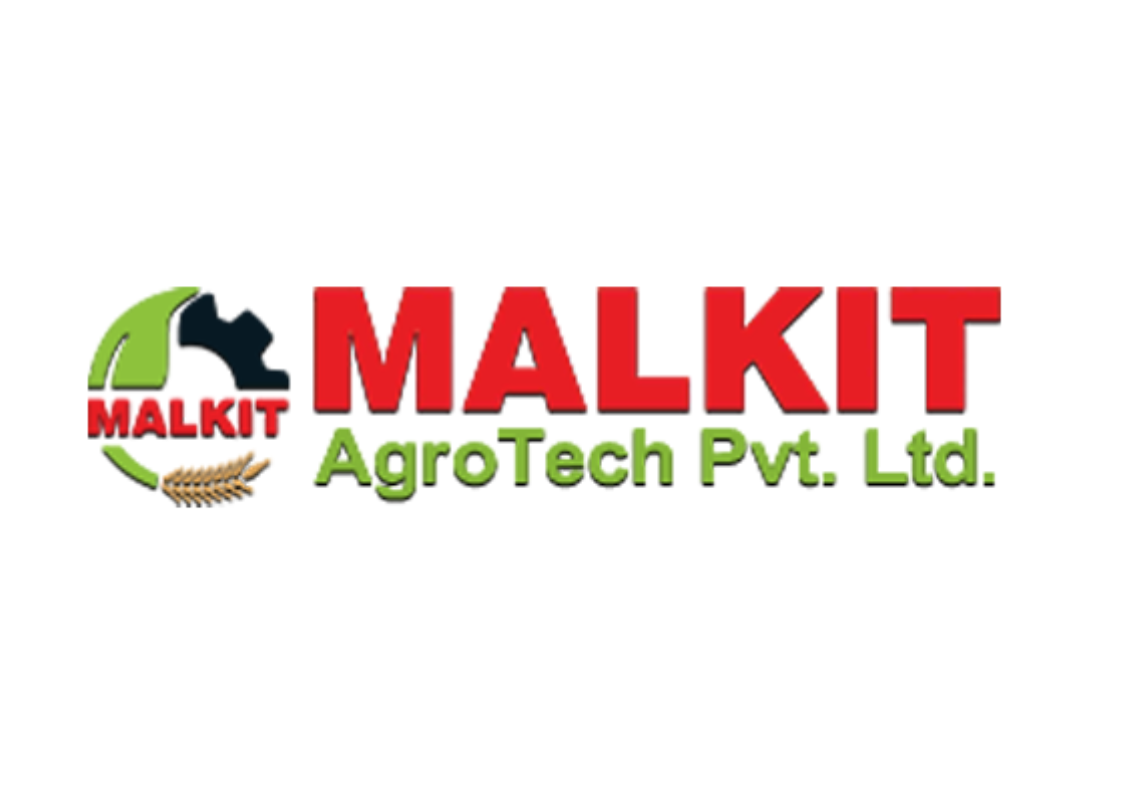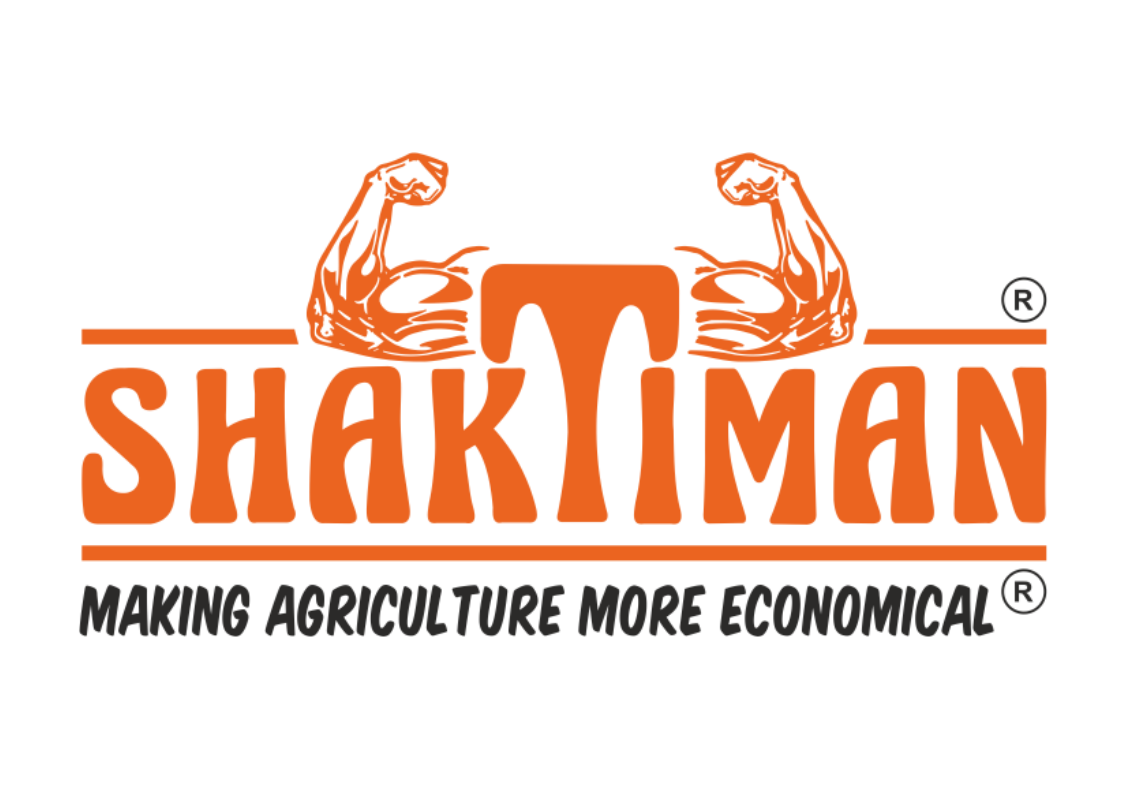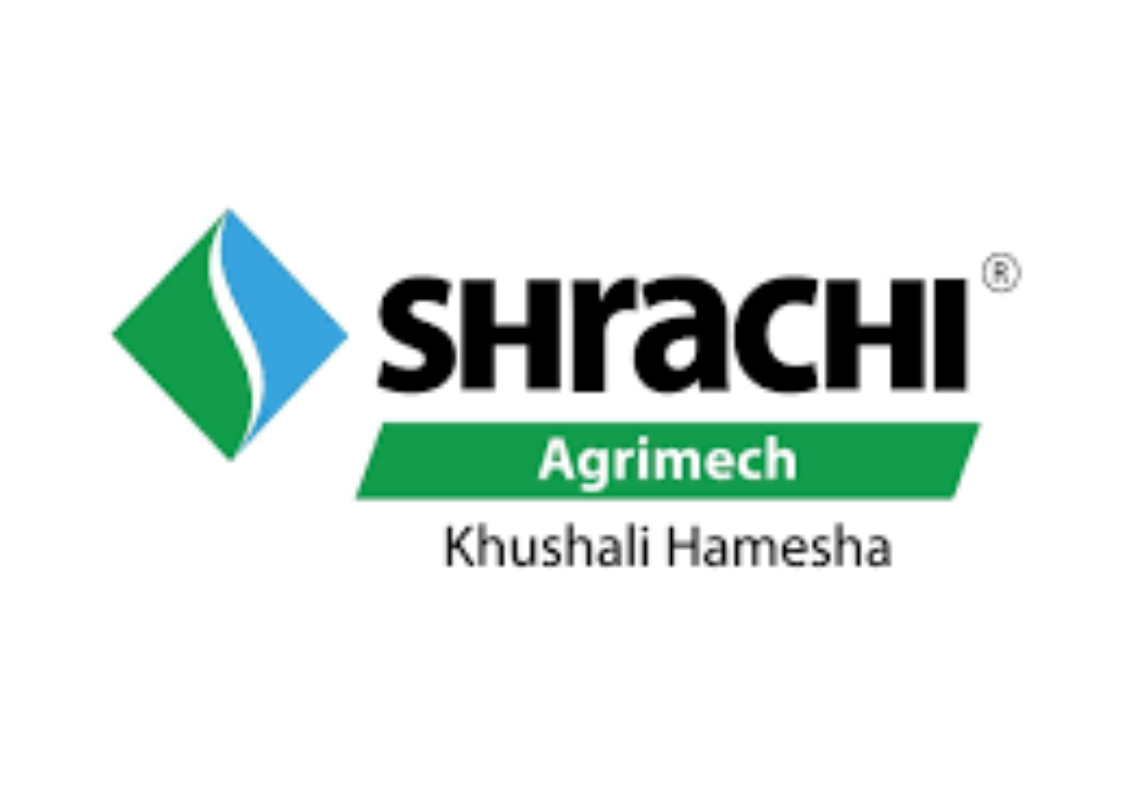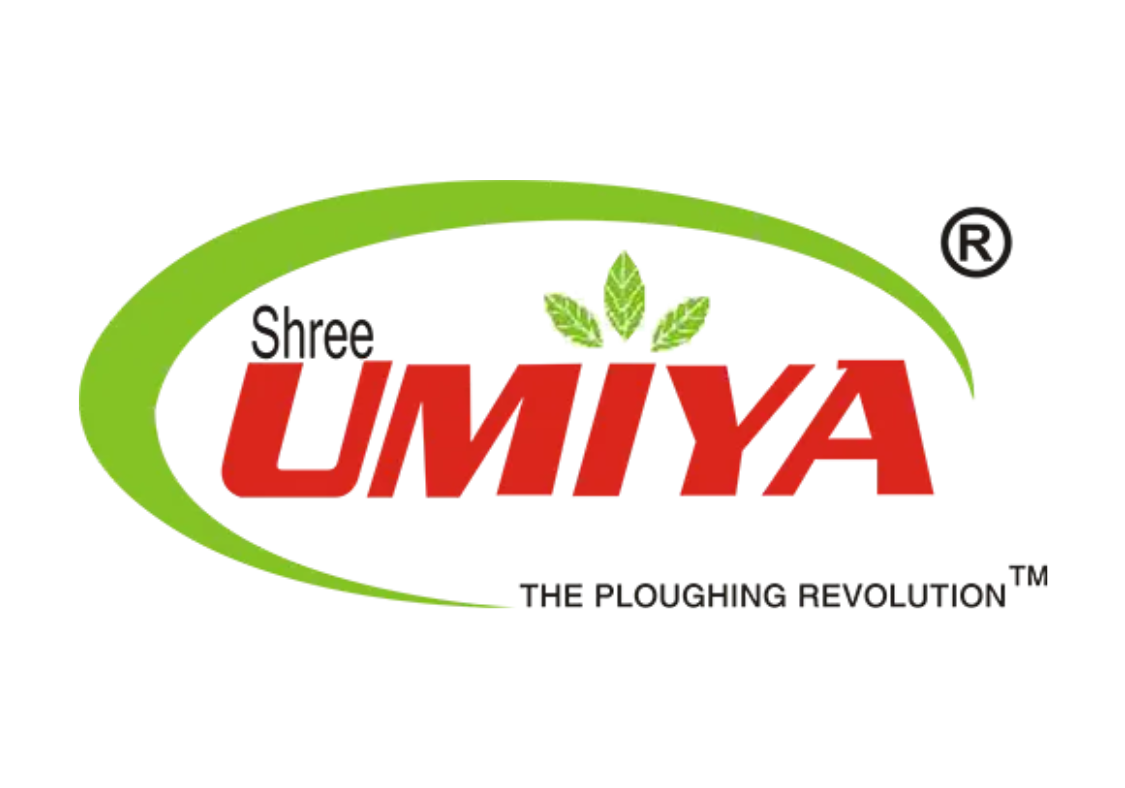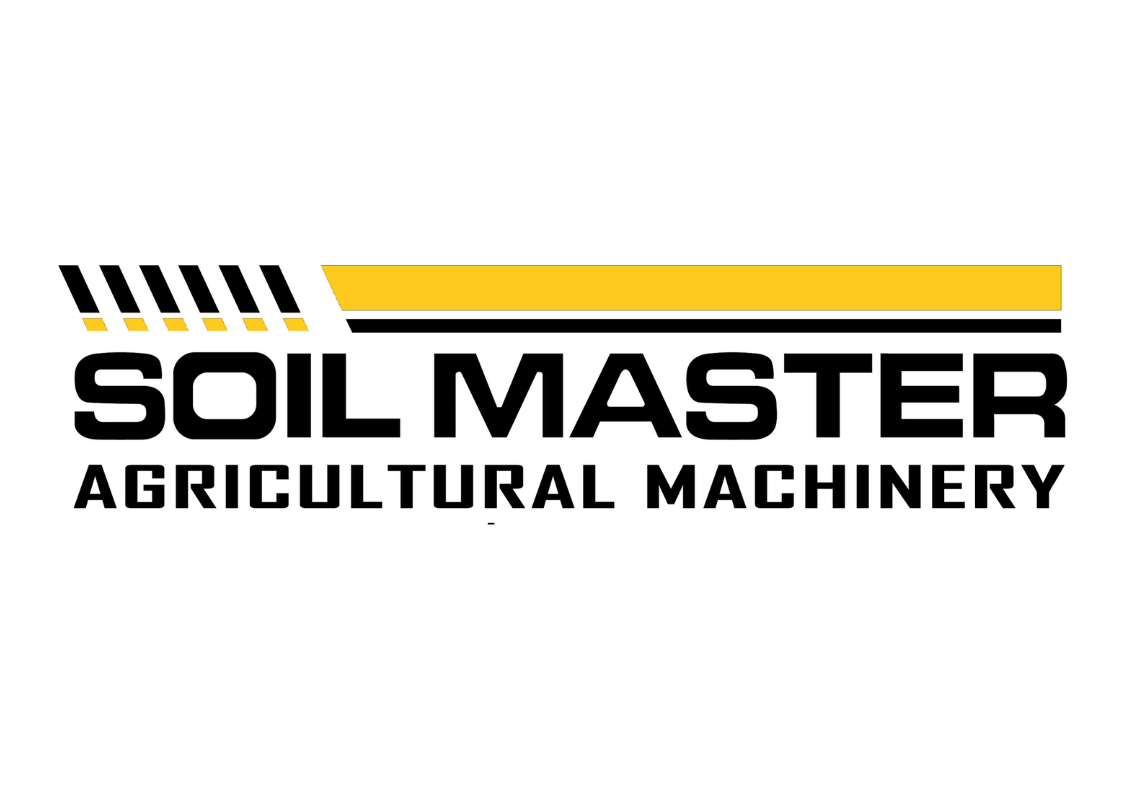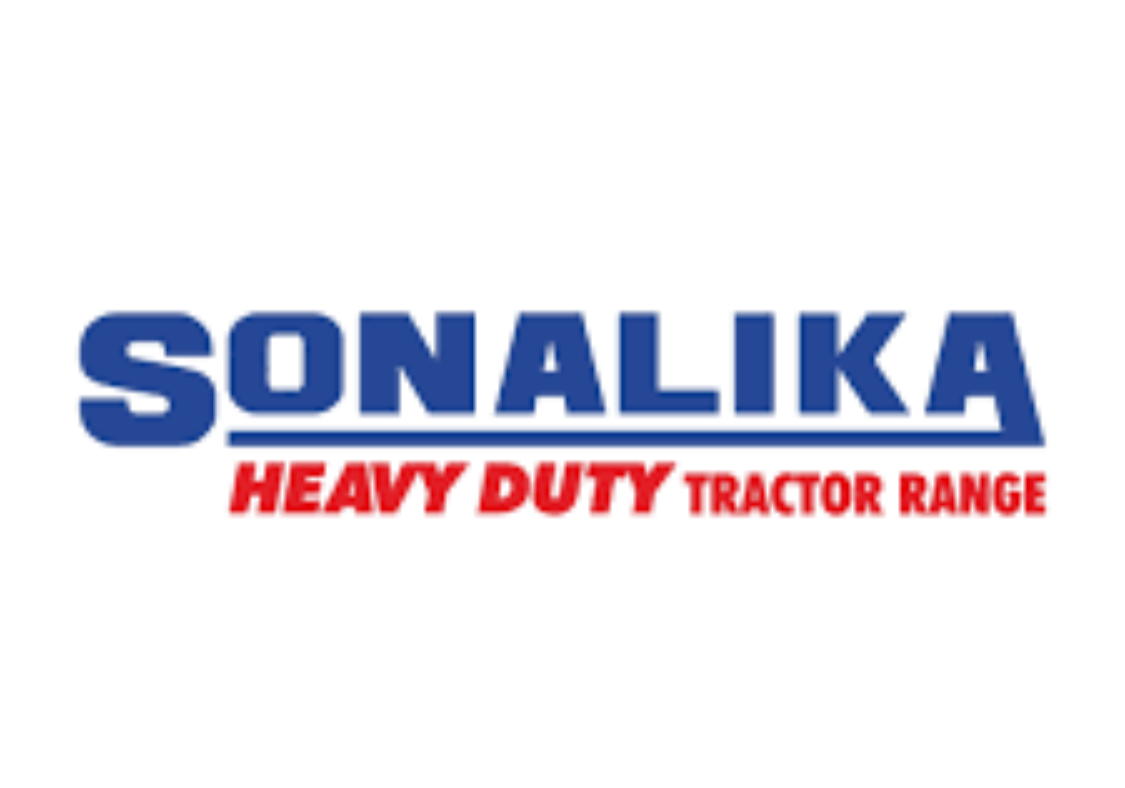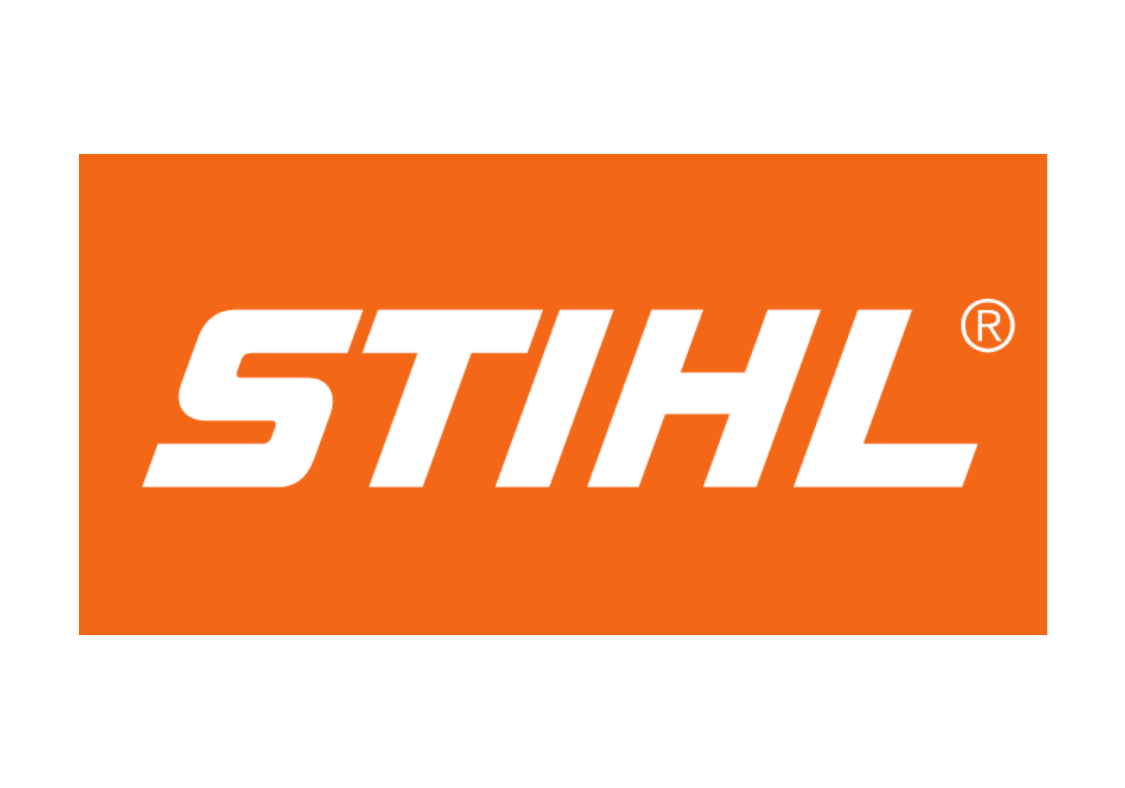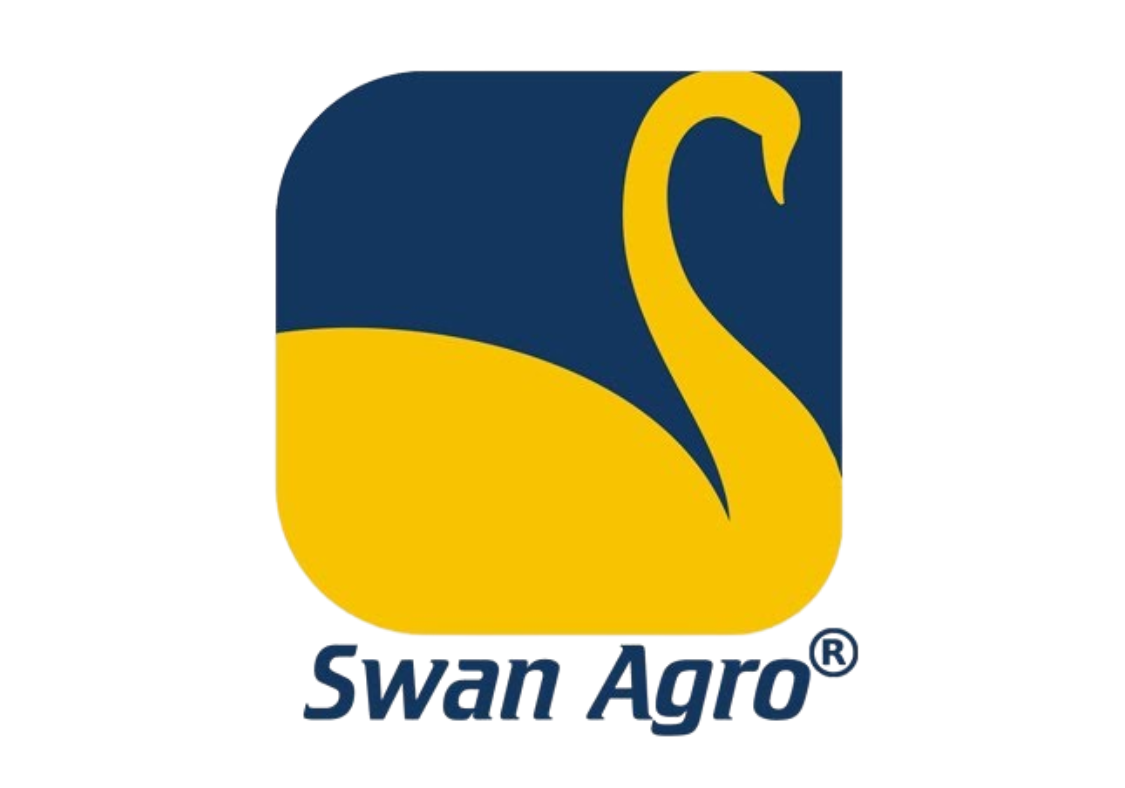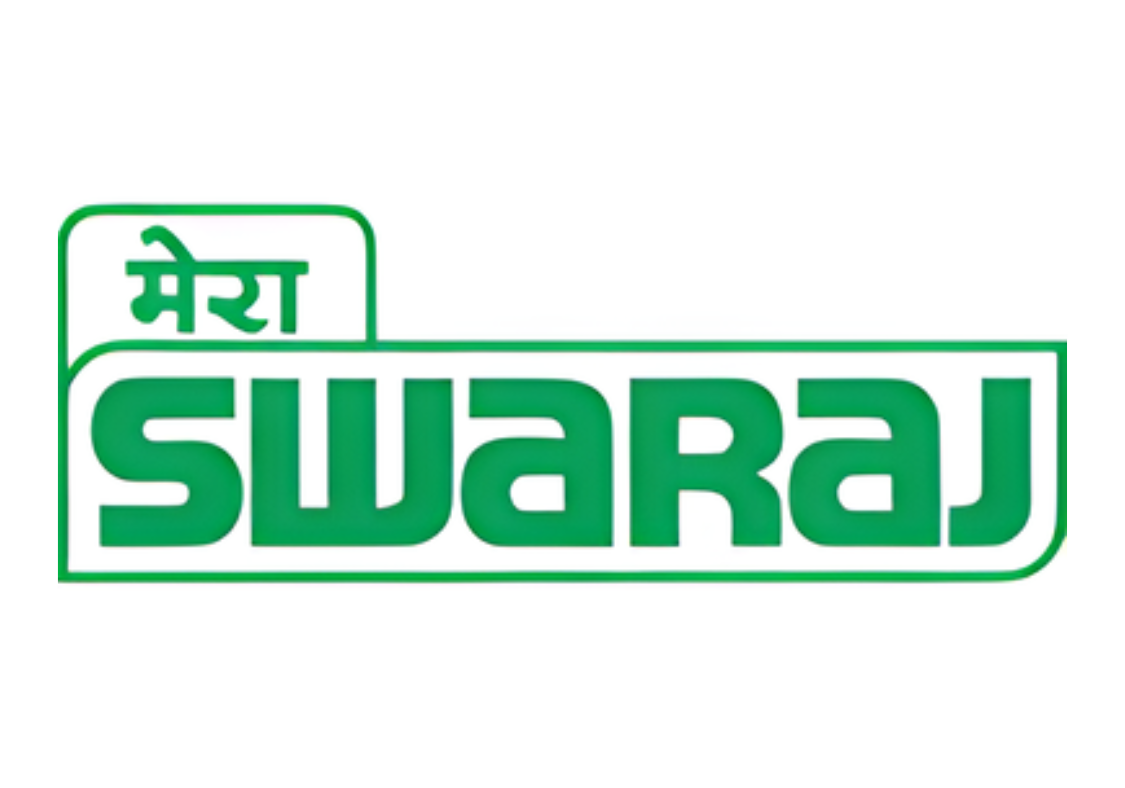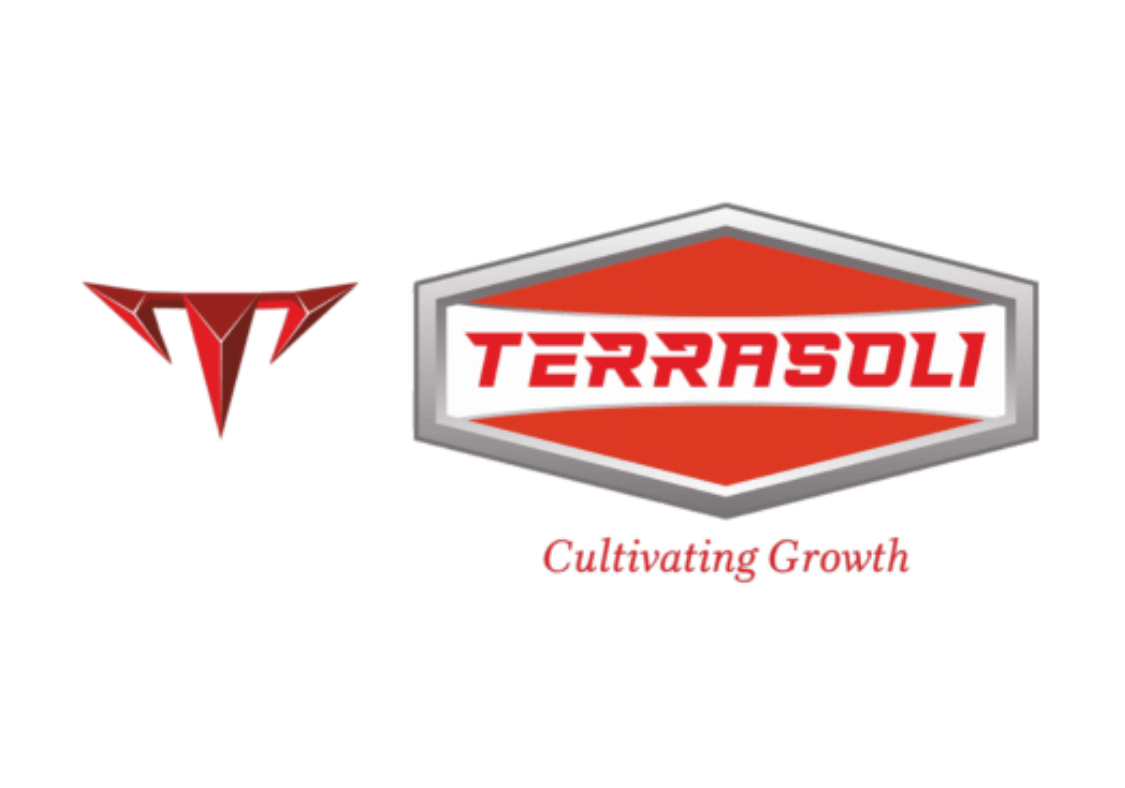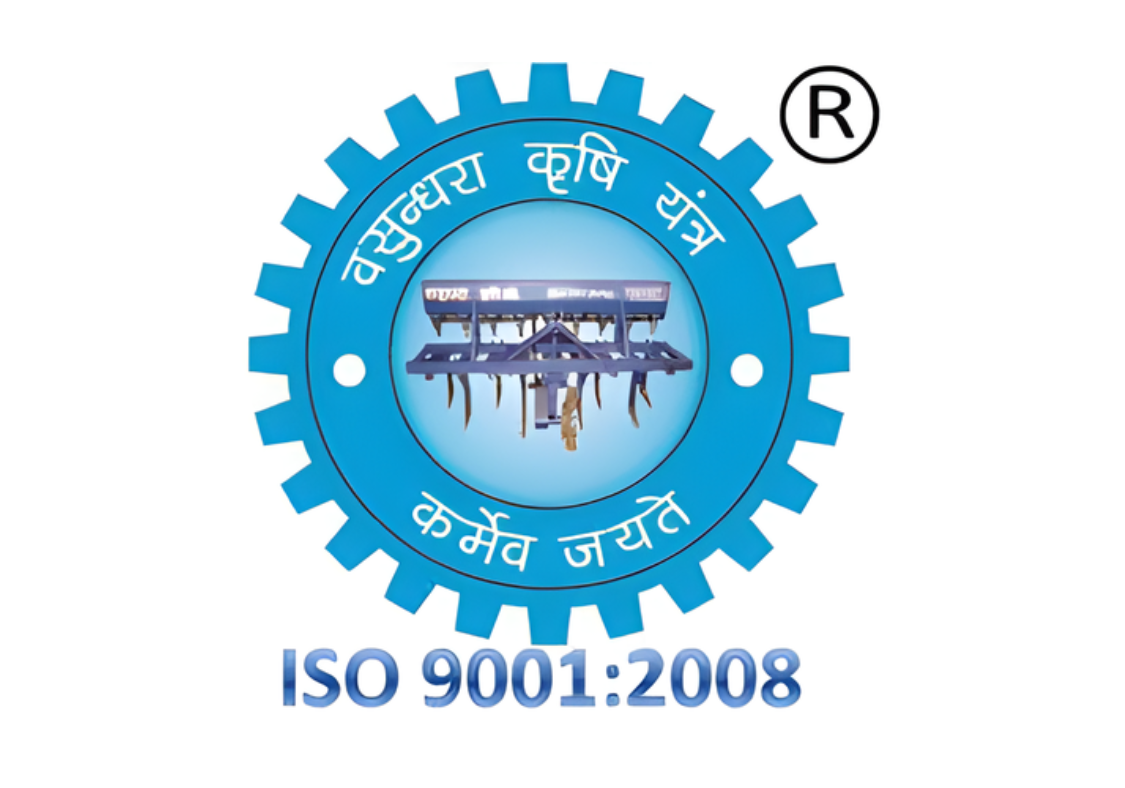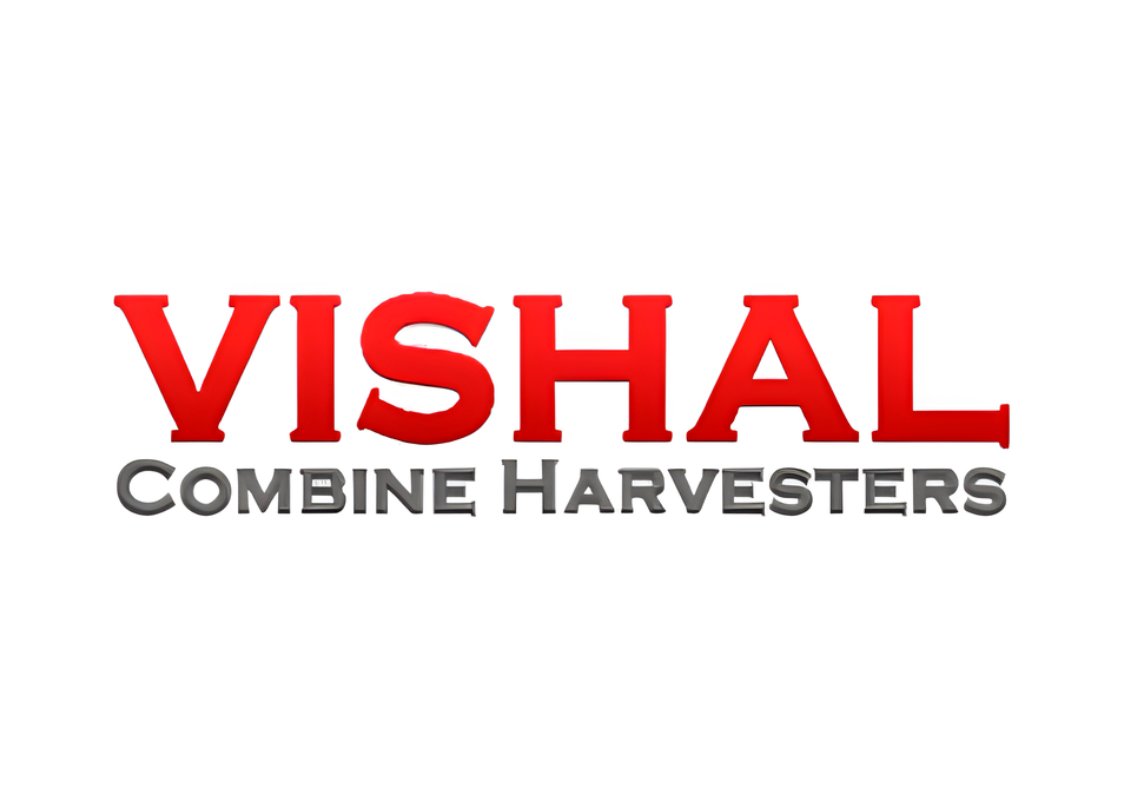The Happy Seeder is a farm implement that allows direct sowing of wheat into fields with crop residue without ploughing. It works by cutting the leftover stubble and planting seeds simultaneously, saving time and labor. Farmers use it after rice or other crop harvests to prepare land quickly and improve soil health. It is compatible with tractors of 45–70 HP and comes in sizes from 6 to 7 feet, with single-speed or multi-speed PTO-driven models and multiple tynes/blades. It works well on medium to heavy soils, and around 10–12 major brands offer Happy Seeders in India.
Uses, Benefits & Importance of Happy Seeder
The Happy Seeder is an essential implement for modern farming. It helps farmers save time and labor, maintain soil health, and improve crop productivity. Its versatility makes it suitable for multiple crops and farm sizes. Here’s a clear breakdown of its main uses, benefits, and importance:
Uses:
-
Sows wheat directly into fields with crop residue without ploughing.
-
Cuts and manages leftover stubble while planting seeds.
-
Suitable for multiple crops like wheat, barley, and pulses.
Key Benefits:
-
Saves time and reduces labor compared to traditional sowing methods.
-
Improves soil fertility and moisture retention.
-
Enhances crop yield by ensuring better seed-to-soil contact.
Importance:
-
Increases efficiency and reliability on small, medium, and large farms.
-
Adaptable to different soil types and tractor HP ranges.
-
Helps farmers adopt sustainable, zero-tillage farming practices.
What You Should Know About Happy Seeder
Before buying a Happy Seeder, farmers should match the implement size with their tractor’s HP; larger seeders need 60–70 HP, while smaller models work with 45–50 HP tractors. Blade or plate types should suit the soil - heavier soils need stronger tynes, while light soils need simpler blades. Decide between single-speed for basic sowing or multi-speed for more control and efficiency. Check durability, build quality, and maintenance needs to ensure long-term use. Understanding these factors helps save time, reduce fuel, and increase crop yield. Practical tips include regular lubrication, proper storage, and choosing trusted brands for reliability.
Popular Brands of Happy Seeder in India
Choosing the right brand is important for reliability, durability, and better performance of your Happy Seeder. A trusted brand ensures strong build quality, efficient sowing, and long-term use. Good after-sales service and spare parts availability make farming easier and reduce downtime. Farmers can rely on top brands to get value for money and consistent results on their fields.
-
Sonalika Happy Seeder
-
USP: Durable design with efficient residue management, widely popular in India.
-
Farm Type/Tractor Compatibility: Suitable for small to large farms, works with 45–70 HP tractors.
-
Availability & Support: Widely available across India with good after-sales service and spare parts support.
-
Mahindra Happy Seeder
-
USP: Strong frame, low maintenance, high reliability for multiple crop sowing.
-
Farm Type/Tractor Compatibility: Ideal for medium to large farms, compatible with 50–70 HP tractors.
-
Availability & Support: Extensive dealer network and prompt service support across India.
-
Fieldking Happy Seeder
-
USP: Advanced multi-speed models with effective soil penetration and residue handling.
-
Farm Type/Tractor Compatibility: Works well on medium and large farms, tractors 50–65 HP.
-
Availability & Support: Good availability with responsive after-sales service and spare parts.
-
Lakhani Happy Seeder
-
USP: Lightweight yet sturdy design, easy to operate and maintain, popular among farmers.
-
Farm Type/Tractor Compatibility: Suitable for small and medium farms, 45–60 HP tractors.
-
Availability & Support: Available in most agricultural regions with reliable service centers.
Top Happy Seeder Models in India
Top Happy Seeder models are chosen for their durability, efficiency, and ease of use. They deliver consistent sowing, save time and fuel, and suit a variety of farm sizes. Farmers prefer these models for reliable performance, strong build quality, and good after-sales support.
-
Jagatjit Happy Seeder – 6 FT, 50 HP
This model features durable tynes, single-speed PTO operation, and strong steel construction. It handles crop residues efficiently and is easy to operate. Farmers prefer it for its reliability, low maintenance, and consistent seed placement.
-
Dasmesh 610 Happy Seeder – 7 FT, 55 HP
Equipped with multi-speed blades and high-quality plates, this model works well on medium to heavy soils. Its robust design and effective residue management make it popular among medium and large farm owners.
-
Fieldking FKTHS-10-RR-DR3 – 7 FT, 60 HP
This Happy Seeder offers advanced PTO-driven operation with strong tynes and plates. It ensures even seed distribution and improves crop yield. Farmers choose it for its efficiency, durability, and suitability for large farms.
-
KS Agrotech Happy Seeder – 6.5 FT, 50 HP
Features include multi-speed operation, high-strength blades, and easy residue handling. It is popular for its adaptability across soil types, ease of maintenance, and cost-effective performance on small to medium farms.
Types of Happy Seeder Based on Use
Happy Seeders come in tractor-mounted, PTO-driven, and mini implement versions. Tractor-mounted models are ideal for small to medium farms, while PTO-driven seeders suit medium to large farms needing higher efficiency. Mini implements work well for very small fields or light soils. Single-speed seeders are simple and cost-effective, while multi-speed models offer better control and residue management. Sizes range from 6–7 feet, compatible with 45–70 HP tractors. Farmers should choose based on soil type, field size, and crop residue for optimal performance and fuel efficiency.
Maintenance of Happy Seeder
Proper maintenance ensures long life and efficient performance of your Happy Seeder. Follow these simple steps to keep it in top condition:
-
Blade/Plate Care: Clean tynes and plates after each use to prevent rust and damage.
-
Lubrication & Gearbox: Regularly lubricate moving parts and check gearbox oil levels to avoid wear.
-
Seasonal Storage: Store the machine in a dry place, cover it to protect from moisture, and remove any crop residues.
-
Routine Checks: Inspect bolts, chains, and frame for looseness or damage before every use.
-
Troubleshooting: Address issues like uneven sowing, jamming, or noise immediately to prevent bigger repairs.
-
Additional Tips: Follow the manufacturer’s manual, use genuine spare parts, and schedule periodic professional servicing.
How to Select the Best Happy Seeder from Tractor For Everyone
Tractor For Everyone is the most trusted and leading online marketplace for farm implements, helping farmers choose the right Happy Seeder for their fields. Consider your farm size, soil type, and tractor HP when selecting a model. Set a budget and check brand reliability, after-sales service, and dealer support. Prioritize features like blade type, speed, size, and durability for long-term performance. Compare models online, read specifications carefully, and choose a seeder that suits your farm’s needs efficiently and cost-effectively.


